Cornell study examines trade-off between critical metals requirement and transportation decarbonization
Green Car Congress
APRIL 17, 2023
Recycling w/o 2nd” indicates retired batteries that are directly recycled without a second life as energy storage systems (ESSs). Monotonic growth in global demand for critical metals to 2050 is the most prevalent trend. NMC/NCA scenario illustrates that the market share of NMC/NCA will increase to 100% by 2050. Zhang et al.

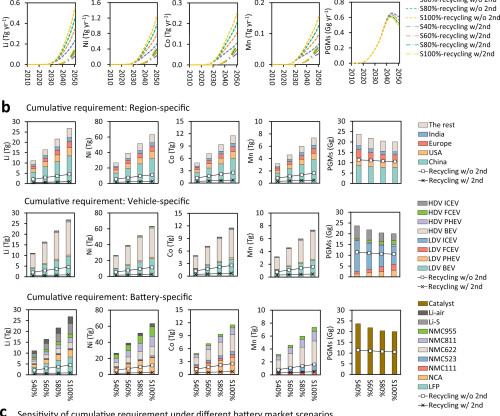
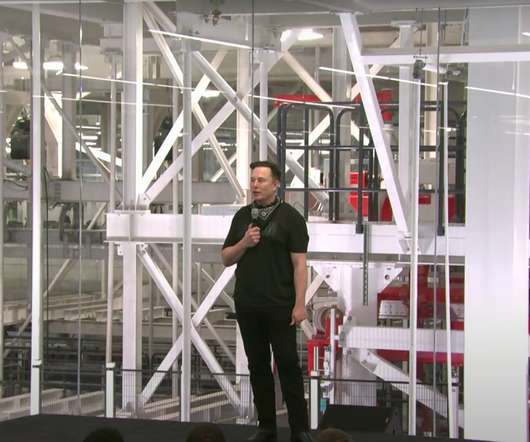
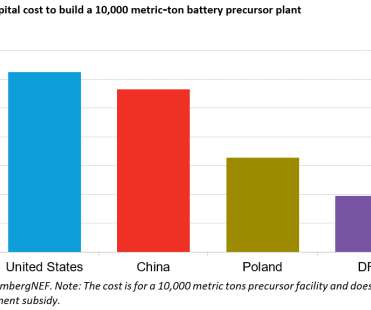


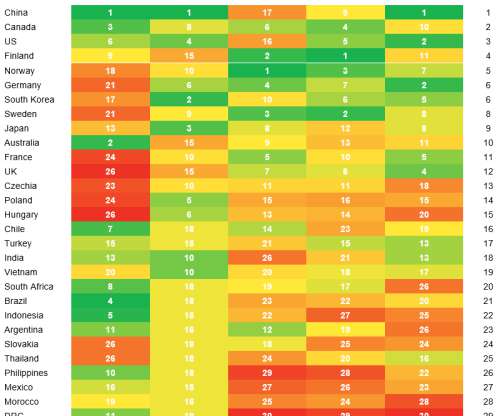

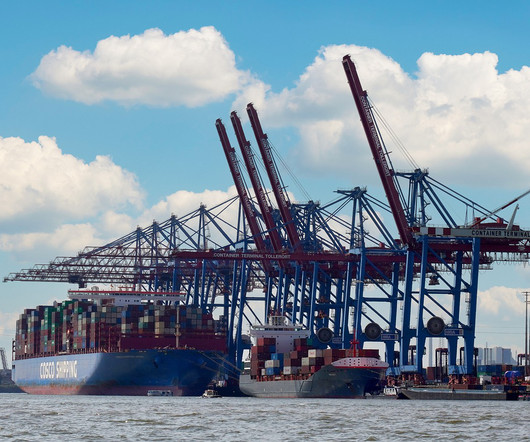






Let's personalize your content